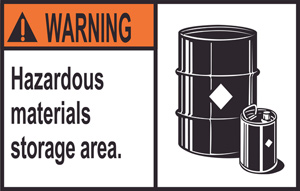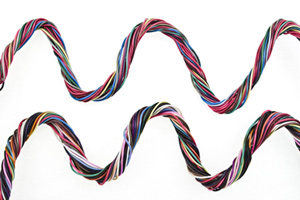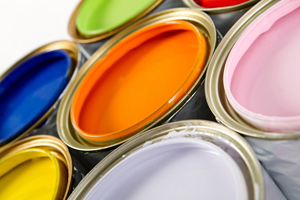PCB Information
PCBs have a range of toxicity and vary in consistency from thin, light-colored liquids to yellow or black waxy solids. Due to their non-flammability, chemical stability, high boiling point and electrical insulating properties, PCBs were used in hundreds of industrial and commercial applications. These applications include electrical, heat transfer and hydraulic equipment; as plasticizers in paints, plastics and rubber products; in pigments, dyes and carbonless copy paper; and numerous other industrial applications.
Prior to the 1979 ban, PCBs entered the environment during their manufacture and use in the United States. Today, PCBs can still be released into the environment from:
- Poorly maintained hazardous waste sites that contain PCBs
- Illegal or improper dumping of PCB wastes
- Leaks or releases from electrical transformers containing PCBs
- Disposal of PCB-containing consumer products into municipal or other landfills not designed to handle hazardous waste.
Once in the environment, PCBs do not readily break down and therefore may remain for long periods of time cycling between air, water and soil. PCBs can be carried long distances and have been found in snow and sea water in areas far away from where they were released into the environment. As a consequence, PCBs are found all over the world.
PCBs can accumulate in the leaves and above-ground parts of plants and food crops. They are also taken up into the bodies of small organisms and fish. As a result, people who ingest fish may be exposed to PCBs that have bioaccumulated in the fish they are ingesting.



